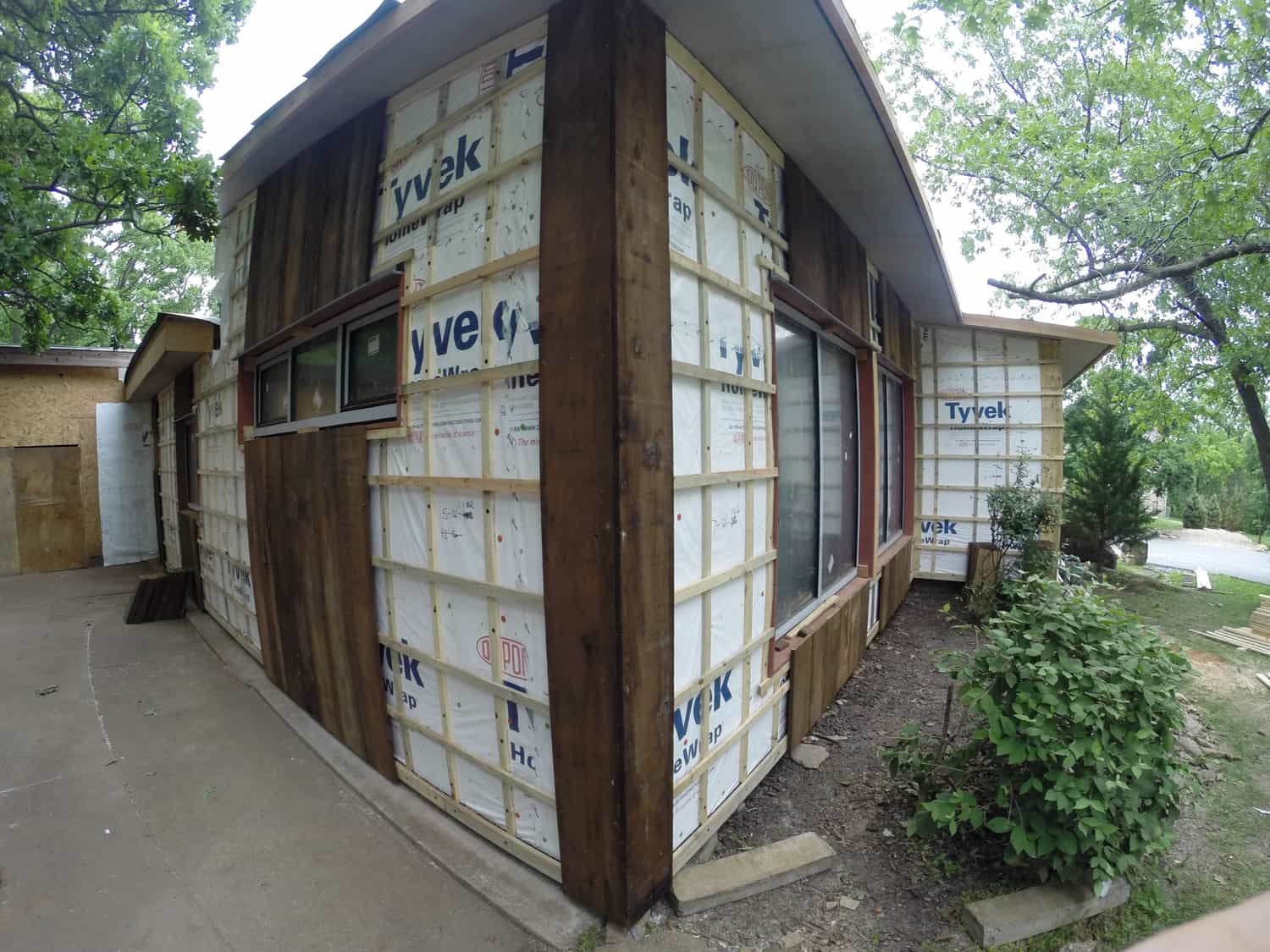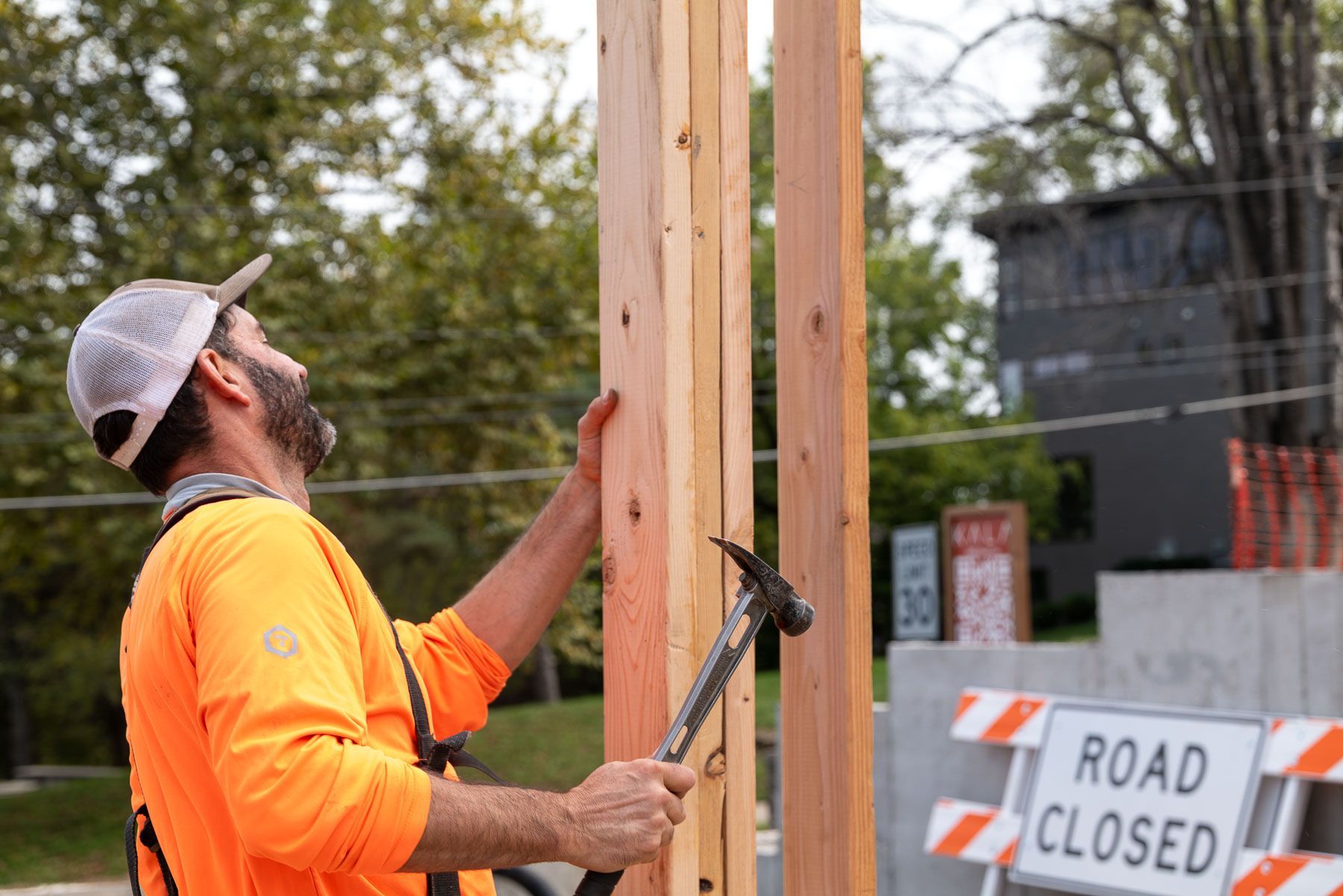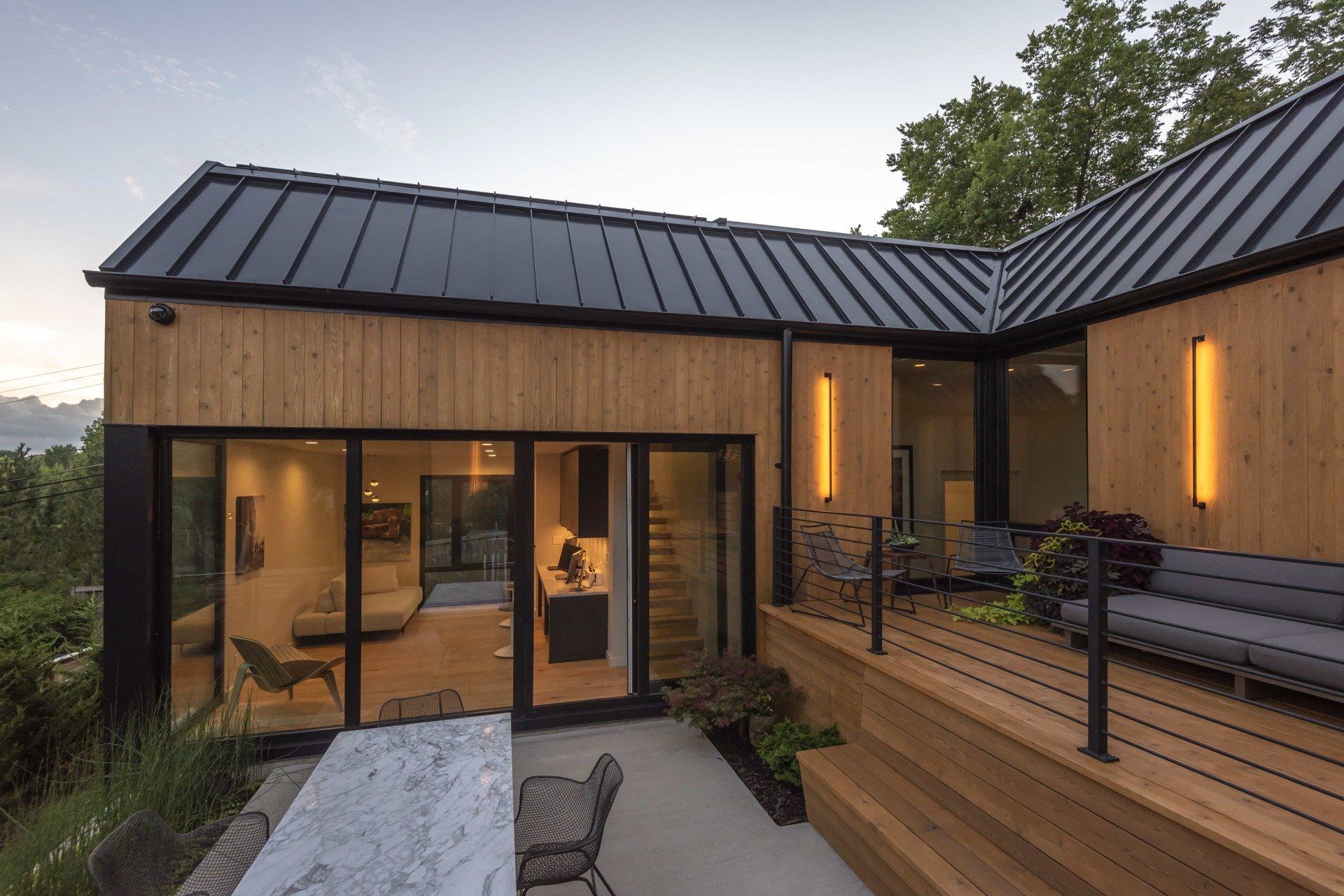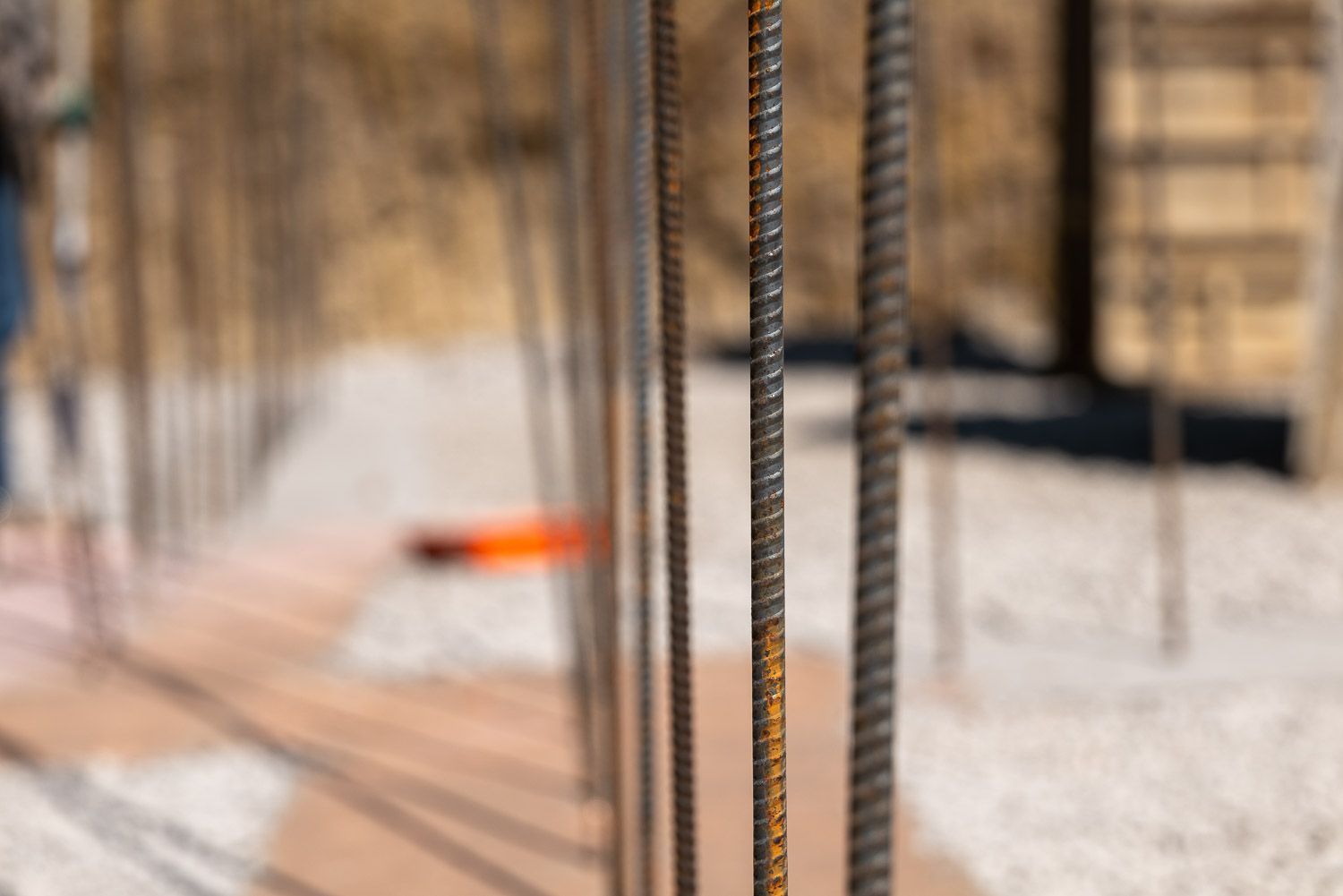Seeking High Performance without Moving: Consider a Retrofit

What Does it Mean to Do a Retrofit?
If you’ve been thinking about building a new high-performance home from scratch, there might be a few things holding you back. One could be that you love the location of your current home and being a part of your neighborhood community. Then there are all the memories you’ve created with your family in your house, plus the personal touches that make it uniquely your own. The good news is that you can stay where you are and still get most of the high-performance benefits you seek. How? With a retrofit, which differs from a remodel by making functional upgrades rather than just cosmetic changes. Let’s look at why this might be a good option for you.
Your Home is Due for Repairs
Some of the most common durability issues with existing homes are related to the exterior. If your siding is old, low-grade, or wasn’t installed properly, extreme swings in the Midwest weather (see hot, humid summers and frigid, dry winters) have probably taken a toll on the outside of your home. Moisture has likely seeped in behind the cladding and may have caused a buildup of mold or mildew, as well as compromising the integrity of your insulation. No wonder there’s an entire replacement industry now. With this in mind, you could already be looking to get new siding.
Another item on your home repair list might well be windows. If your home is 10 years old or more, the initial windows were poor quality, or they weren’t put in by an expert, then it’s likely that at least some need to be switched out. There could be obvious red flags like rotting frames or sills, gaps along the edges, or degraded seals and weather stripping. You might also feel draughts or cold spots in certain rooms and see condensation or even frost buildup.
If you need to repair or replace siding and/or windows, then a contractor will already need to get into the wall assembly. This provides a great, one-time opportunity to add some high-performance features at the same time that will increase energy efficiency, make your home feel more comfortable, and provide greater durability.
You Want to Make Your House More Comfortable and Durable
The combination of adding a rain screen and making the exterior airtight will provide a barrier to excess moisture and air in the wall assembly. With most homes, it isn’t just water getting in behind siding that’s the issue, but it staying there. New siding can be put on in such a way that dries moisture out and removes it from the walls if it does find a way in. And higher quality cladding makes it less likely that water will enter in the first place. Putting in larger gutters and longer downspouts that are buried and route rain away from your house will also keep excessive moisture at bay.
As the walls will already be open to repair or replace siding and/or windows, you have a chance to upgrade the entire exterior envelope of your home by adding extra insulation. This isn’t merely thicker, but also
creates a continuous wrap around your home that acts like putting on a weatherproof jacket. Combined with air sealing, the moisture barrier, better windows and siding, and bulk water channels, this will make it easier to maintain a consistent indoor temperature and humidity level, eliminate hot and cold spots, and make you more comfortable year round.
You Want to Reduce Your Energy Bills
Another aspect of retrofitting that might appeal to you is making your home more efficient. With energy costs continuing to soar this winter, your home might be leaking both energy and dollars. One of the easiest wins from a performance perspective is to improve the insulation above your head. A surprisingly high amount of heat is lost as it rises to the top of your home if there isn’t an effective barrier between your living space and what’s above it, and air and moisture can seep in from the roof down.
A high-performance retrofit remedies this problem in two ways. First, the attic is air sealed top and bottom and around the rim joists to prevent excess air leaking in and out. Second, more insulation is added to reduce heat loss. Both measures help you keep your home at the temperature and humidity level you want, regardless of what the weather’s doing outside and will reduce the amount of energy you use.
Another way to do this is to upgrade your heating and cooling systems. This could mean just installing a more efficient air conditioner and furnace if you’re not altering the exterior envelope. Or if a high-performance contractor is going to be air sealing the outside of your home, they’ll need to install
a high-efficiency ERV system that provides fresh, clean, filtered air, makes it easy to keep your home cool in the summer and warm in the winter, and sips energy instead of gulping it like traditional HVAC hardware.
You Need a Better Floor Plan
If your home has a hard-wearing exterior like stucco, stone, or brick, you might not need to do anything to upgrade the outside. But perhaps there are some things about the interior that you wish were different. It could be that you want to add a bedroom or bathroom or finish the basement. Or perhaps there’s something else about the current floor plan that doesn’t fit with your lifestyle. In any case, a retrofit allows you to make those alterations you’ve been planning for so long, while also adding high-performance functionality from the inside out.
One of the easiest wins as structural elements are being altered is to update your appliances. There are a wide range of energy efficient models of ovens, dishwashers, and so on that are simple to swap out. Doing so also gives you the opportunity to get away from gas, which will remove a pollutant from your home. You could install new plumbing fixtures that utilize less water and put in a tankless water heater, which will ensure your family never runs out of hot water and yet has lower bills. Swapping out original lights for LEDs can further reduce both your home’s environmental impact and your utility costs.
If you want the comfort, durability, health, and sustainability advantages of a high-performance build but can’t bear to leave your current home, then
contact us today to discuss a retrofit.







